
UMCDC 1st Grade MIOpenBook Chapter 4 Section 2 "How do we change our environment?" (20-21)
- Subject:
- Physical Geography
- Physical Science
- Material Type:
- Assessment
- Homework/Assignment
- Lesson
- Author:
- UMCDC
- Date Added:
- 06/20/2021

UMCDC 1st Grade MIOpenBook Chapter 4 Section 2 "How do we change our environment?" (20-21)
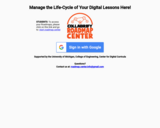
UMCDC 1st Grade MIOpenBook Chapter 4 Section 3 "How does your environment change you?" (20-21)
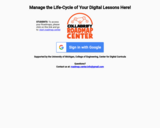
UMCDC 1st Grade Social Studies "What are the Natural and Human Characteristics of a Place"
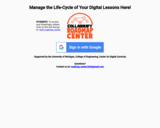
This is the 3rd Grade Geography Unit created using MAISA/MC3 and Michigan Open Book - Chapter 1. (20-21)
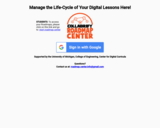
UMCDC 3rd Grade MiOpenBook Chapter 1 Section 1 "What Makes Michigan Special?" (20-21)
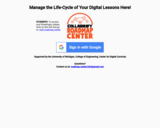
UMCDC 3rd Grade MiOpenBook Chapter 1 Section 2 "Where is Michigan Located?" (20-21)
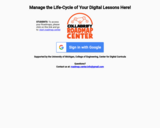
UMCDC 3rd Grade MiOpenBook Chapter 4 History "How did the movement of people impact the early history of Michigan?" (20-21)
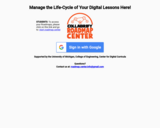
UMCDC 3rd Grade MiOpenBook SS Chapter 1 Section 4 "What are the Important Natural Characteristics of Michigan?" (20-21)
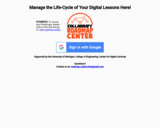
UMCDC 3rd Grade MiOpenBook SS Chapter 1 Section 5 "Why are the Great Lakes Great?" (20-21)
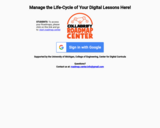
UMCDC 3rd Grade MiOpenBook SS Chapter 1 Section 7 "How can Michigan be Divided into Regions" (20-21)
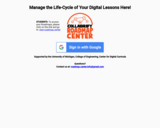
UMCDC 3rd Grade Michigan Social Studies Unit 3 "What are the Important Natural Characteristics of Michigan?"
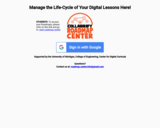
Social Studies, Geography, History, Government, Economics
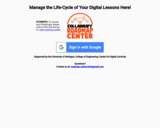
UMCDC 4th Grade Unit 1 Geography "What Relationships Do We Use To Think About and Organize Places?"
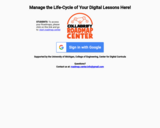
UMCDC Kindergarten MiOpenBook Chapter 3 Section 1 "How can we tell people where we are?" (20-21)
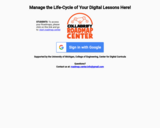
UMCDC Kindergarten MiOpenBook Chapter 5 Section 3 "How does the Earth help us get what we need and want?" (20-21)

This list of children's books recommends nonfiction titles that supplement basic information found in lessons and activities of this themed issue of the online magazine Beyond Weather and the Water Cycle. The books are grouped by topic -- water, weather and climate, and atmosphere. Each book is described by its content, reading level, and possible uses in the classroom. Covers are pictured. The online magazine is produced for elementary school teachers and is structured around the essential principles of climate sciences and climate literacy.
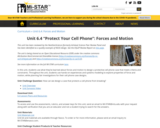
In this unit, students use what they’ve learned about forces and motion to design a protective cell phone case that meets criteria and constraints. Throughout the unit, students use hands-on experiences and systems modeling to explore properties of force and motion, while planning fair investigations for their cell phone case designs.
This unit has been reviewed by the NextGenScience (formerly Achieve) Science Peer Review Panel and has been identified as a quality example of NGSS design.
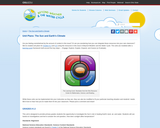
In this article, teachers find two unit plans (grades K-2 and 3-5) that use resources featured in the science and literacy articles in the magazine. The unit plans are modeled after the five key steps in the learning cycle: engage, explore, explain, expand, and assess, or evaluate. The plans are aligned with the science content standards of the National Science Education Standards and the English language arts standards of the National Council of Teachers of English and the International Reading Association. The plans appear in the free, online magazine Beyond Weather and the Water Cycle.

This website has a multitude of beautiful and free pictures that can be used in a variety of settings. It is especially helpful when creating presentations.

This video is meant to be a fun, hands-on session that gets students to think hard about how machines work. It teaches them the connection between the geometry that they study and the kinematics that engineers use -- explaining that kinematics is simply geometry in motion. In this lesson, geometry will be used in a way that students are not used to. Materials necessary for the hands-on activities include two options: pegboard, nails/screws and a small saw; or colored construction paper, thumbtacks and scissors. Some in-class activities for the breaks between the video segments include: exploring the role of geometry in a slider-crank mechanism; determining at which point to locate a joint or bearing in a mechanism; recognizing useful mechanisms in the students' communities that employ the same guided motion they have been studying.